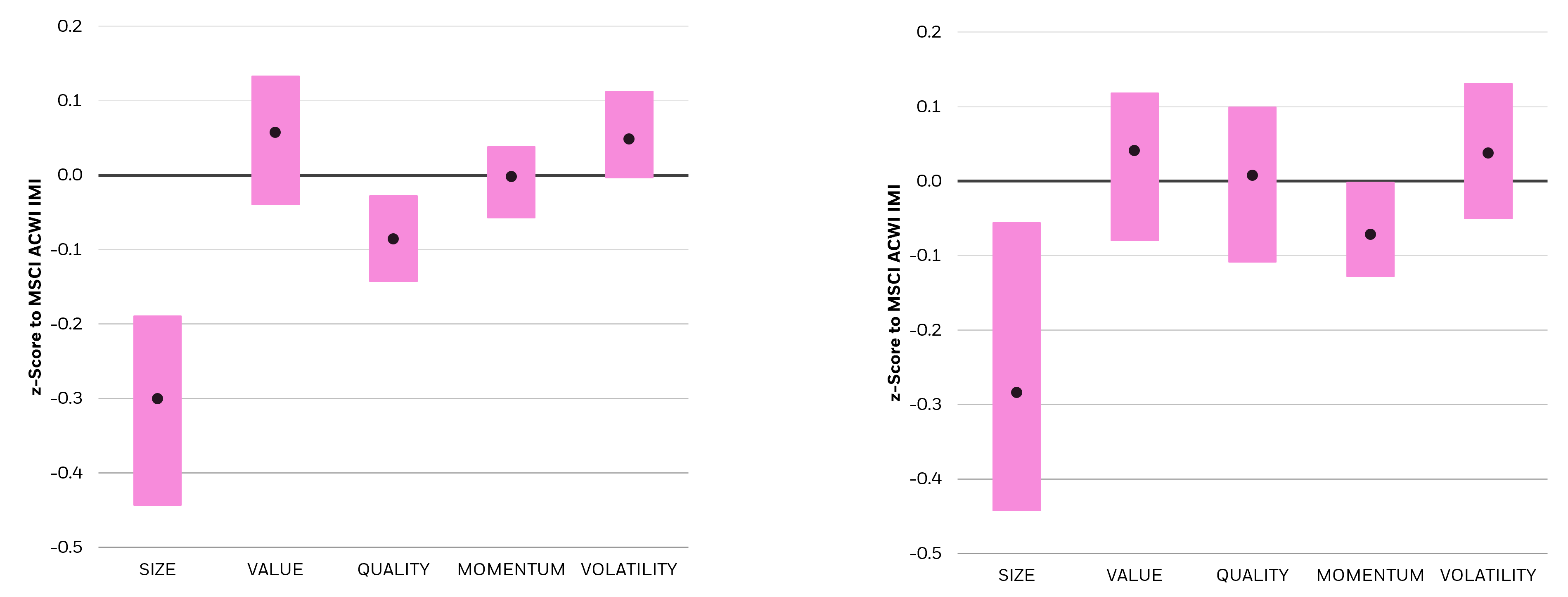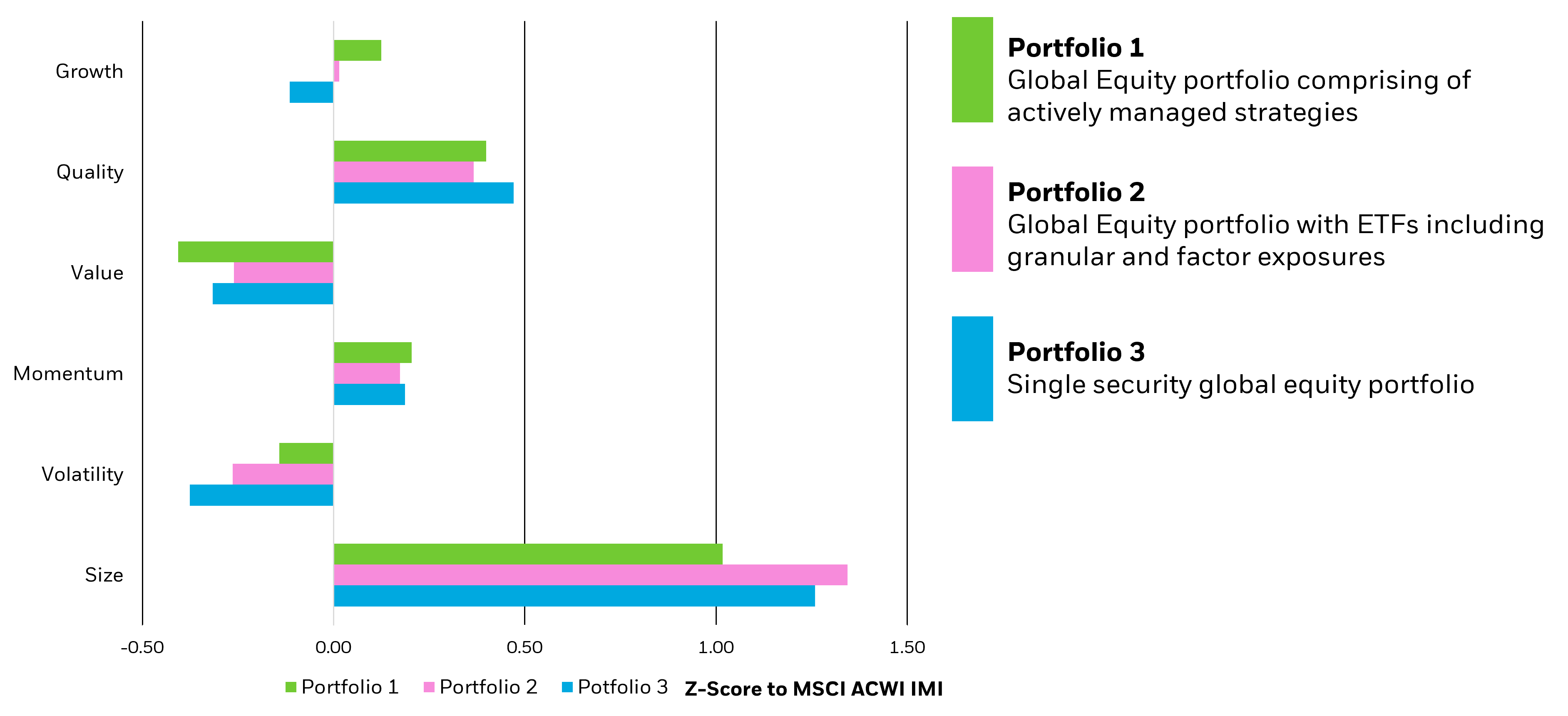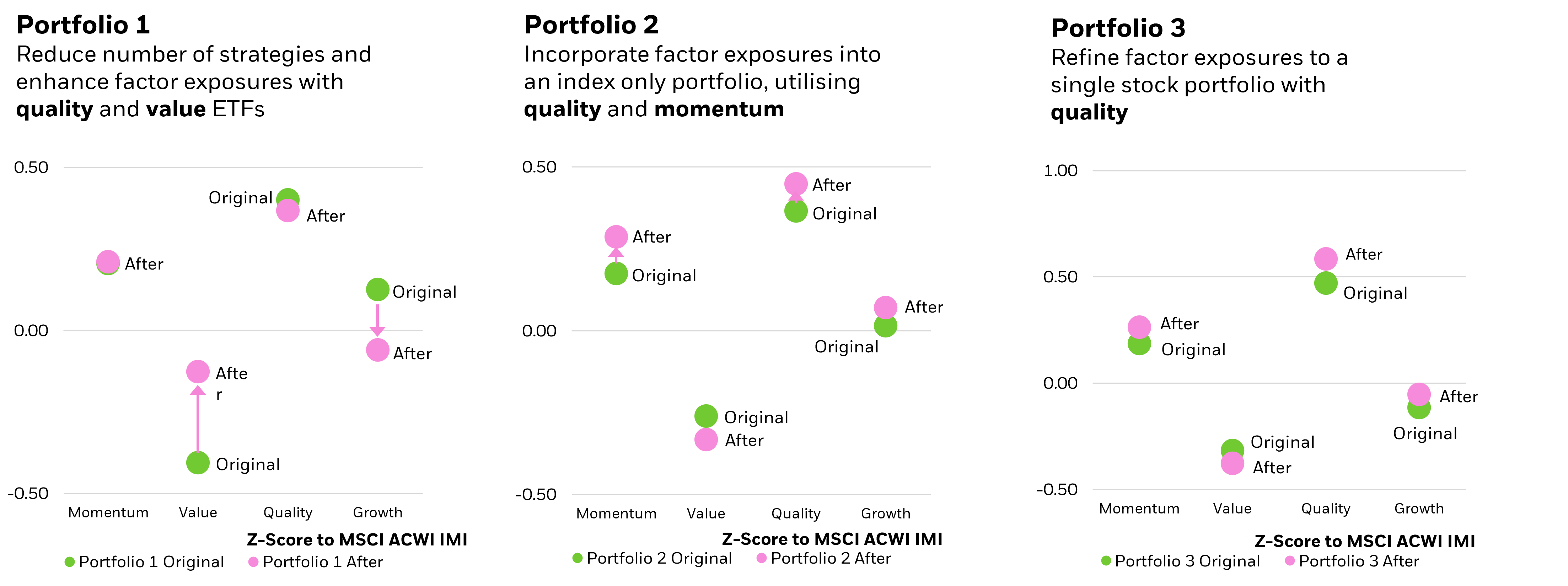What do asset management and Kylie Minogue have in common? They’ve both been disrupted by new-generation technology putting you in the driver’s seat of the consumer experience.
I went to high school in Perth during the 1980s and I really loved buying music. The first LP I bought was Kylie Minogue’s album ‘Kylie’. As much as I liked Kylie Minogue, I preferred ‘I Should Be So Lucky’ and I didn’t really like ‘The Locomotion’ that much - but in those days you had to buy the whole album.
What’s happening today with finance is exactly the same as music – today you don’t have to buy the whole thing. With streaming services like Apple Music and Spotify, you can listen to precisely the songs and tracks that you want, in the format that you want, when you want. In asset management, we used to have to buy the whole album - one manager that gave us a collection of index or market exposures. We also had that asset manager give us tilts towards style factors like value, quality, momentum, low size or low volatility. That alpha manager also gave us returns in excess of those style factors and market exposures - but you had to buy the whole album to get them. Today, you can buy the parts you want, that are appropriate for your clients, in a format that is suitable for your business.
Factors like value, quality and momentum are not new. They were first referenced by Columbia accounting professors Graham and Dodd in their book Securities Analysis in 1934, which became a bible for the investment management industry. They advocated using a systematic approach through analysis of financial statements, balance sheets and earnings statements to come up with a stock valuation – effectively the big data of the 1930s.
What is new is the ability to put these factors into different formats, to harvest these in different ways – to put the power of buying cheap, or buying into trends, or buying quality stocks, into ETFs, tailored portfolios or managed accounts. What is new is the ways we can access these long-term drivers of return.








